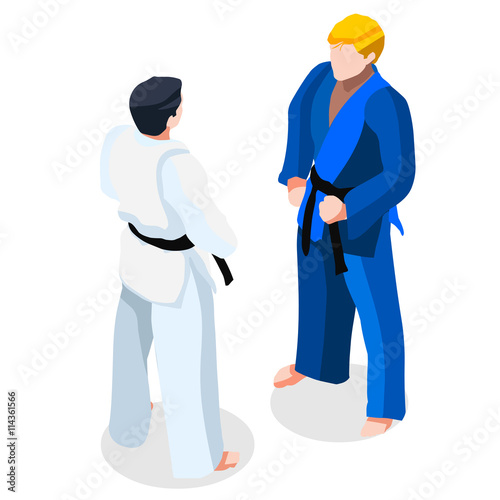Comprehending The Basics And Value Of Taekwondo Patterns
Comprehending The Basics And Value Of Taekwondo Patterns
Blog Article
Content Author-Holland Baxter
Did you recognize that there more than 20 different taekwondo types, each with its own unique series of activities and strategies? These kinds, also known as poomsae, play a critical role in the practice and growth of taekwondo professionals.
Yet just what are these types, and why are they so substantial? In this discussion, we will certainly check out the fundamentals of taekwondo kinds, their beginnings, and the crucial elements that make them an indispensable part of this martial art.
Whether you're a novice or a skilled practitioner, understanding the importance of taekwondo types will certainly grow your gratitude for this old method and enhance your journey in the direction of mastery.
Beginnings and Advancement
The beginnings and evolution of Taekwondo can be mapped back to old fighting styles techniques in Korea. It was established over 2,000 years earlier and has considering that turned into a prominent and internationally recognized sporting activity.
Taekwondo was heavily affected by various Oriental martial arts styles, such as Taekkyon and Subak, along with Chinese fighting styles. It was at first utilized as a means of protection, however over time, it evolved into an affordable sport that concentrates on striking strategies and high kicks.
In the 20th century, Taekwondo underwent a considerable improvement and was standardized right into its modern kind. The Korea Taekwondo Organization played an important function in this procedure, aiding to establish regulations, strategies, and develops that are still followed today.
Key Elements and Techniques
Currently allow's check out the basic facets and methods of Taekwondo. To completely comprehend karate as an adult and strategies, it's important to delve deeper right into the following subtopics:
- Stances: Taekwondo highlights the right use of positions, such as the front position, back stance, and horse position. These stances supply security, balance, and power in executing numerous strategies.
- Learn Even more Here and Kicks: Taekwondo is renowned for its powerful and vibrant kicks, consisting of the front kick, roundhouse kick, and side kick. Strikes, such as punches and knifehand strikes, are also vital strategies in Taekwondo.
- Blocks and Defense: Reliable protection is important in Taekwondo. Blocks, such as the high block and reduced block, are utilized to secure against incoming attacks. Appropriate timing and positioning are key to effectively defending oneself.
Advantages and Impact
Among the significant advantages of practicing Taekwondo is the renovation of fitness and total well-being. By engaging in routine training sessions, you can improve your cardiovascular health and wellness, strength, adaptability, and endurance. Taekwondo includes a range of motions that target various muscle mass groups, assisting you construct a solid and toned figure.
Additionally, this fighting style promotes mental wellness by reducing stress and anxiety degrees. The technique and emphasis needed in practicing Taekwondo can assist boost your focus and improve your capacity to handle difficult situations.
Additionally, the practice of Taekwondo imparts a sense of self-confidence, self-discipline, and self-constraint, which can favorably influence different areas of your life. In general, practicing Taekwondo can result in a healthier and much more well balanced way of life.
Final thought
So there you have it! Taekwondo types aren't simply plain routines, but a depiction of the rich background and development of this fighting style. By mastering the key elements and strategies, practitioners can reap numerous physical and psychological benefits.
From raised flexibility and toughness to boosted emphasis and technique, taekwondo types have a long lasting impact on those that exercise them.
So, whether you're a newbie or a knowledgeable martial artist, accept the power of these types and let them take you on a trip through time.
